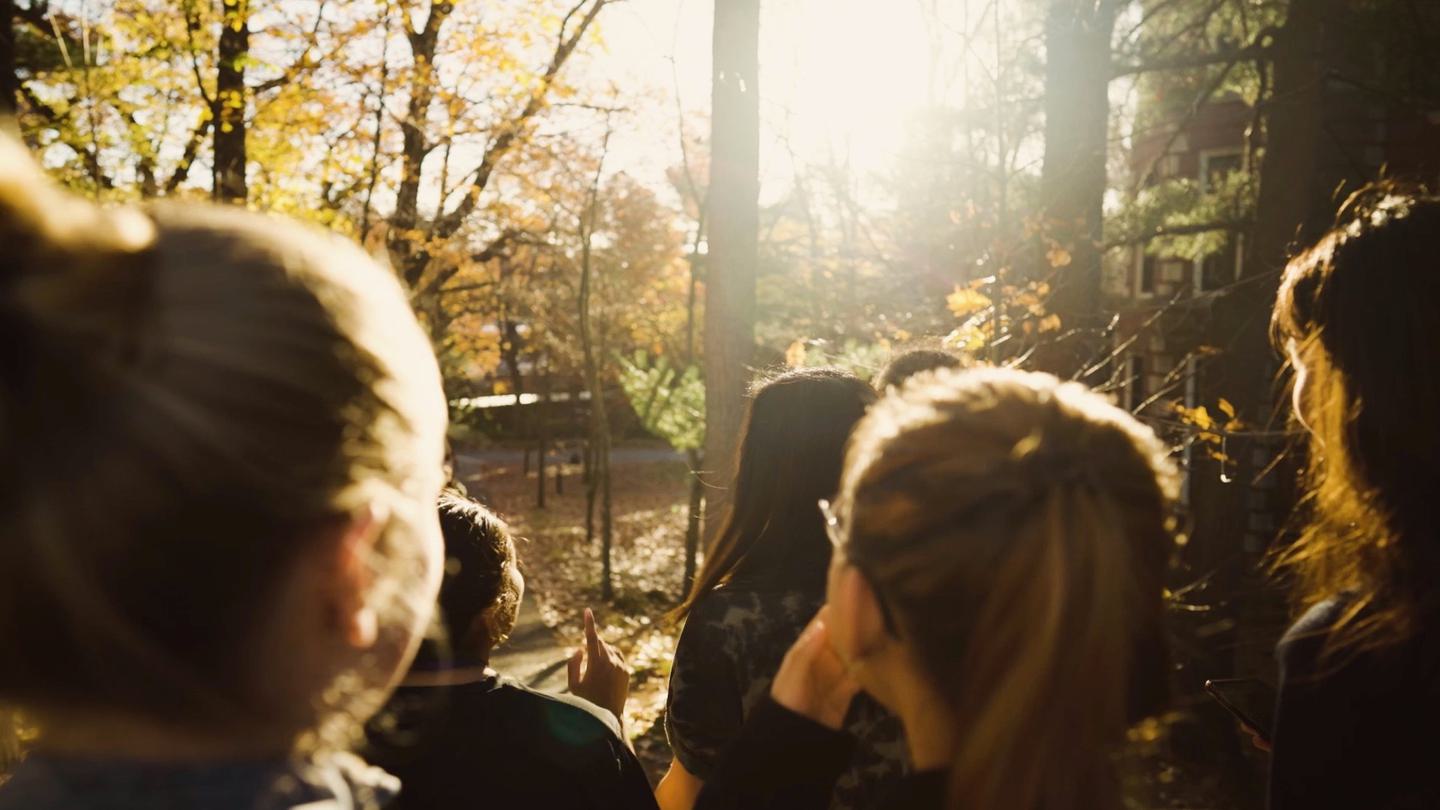Who we are
Wellesley College is one of the most academically challenging institutions of higher education in the country, and we are widely acknowledged as the top women’s college in the world. Here we prepare students to realize their own highest ambitions and aspirations—and they do.
We are a private, nonprofit undergraduate liberal arts institution that dedicates all of its academic resources—its world-class faculty, beautiful campus, and research support—to our students.
For nearly 150 years, Wellesley graduates have been a powerful force for good in the world—pioneering scientists, environmental revolutionaries, U.S. secretaries of state, civil rights activists, investment trailblazers, network news producers, and genre-defying artists. They are a community of changemakers fiercely dedicated to helping each new generation of students succeed. When it comes to finding a job or changing the world, our students never have to do it alone—they have a community to lift them up every step of the way.
Our history
Wellesley College was founded in 1870 by Pauline and Henry Fowle Durant. An impassioned believer in educational opportunity for women, Mr. Durant wanted to prepare them for “… great conflicts, for vast reforms in social life.” When they founded the College, Mr. Durant proclaimed: “Women can do the work. I give them the chance.” He was referring not only to the 314 students comprising the first class, who arrived on campus in 1875, but also to its initial staff of seven appointed professors and 14 teachers, all women but one. Above all, he referred to Ada Howard, whom he appointed president of this daring venture—a college designed to offer supposedly delicate 19th-century ladies an education as rigorous and demanding as that available to the most able male scholars of their day.
A number of student organizations and campus traditions that continue to contribute to Wellesley’s identity today were established during this early period, including Flower Sunday, Hooprolling, and Stepsinging. The Student Government (now called College Government) was established in 1901.
Alice Freeman Palmer succeeded President Howard six years after the College opened, furthering the high academic standards for which it was becoming known. A succession of remarkable women followed her, including Ellen Fitz Pendleton, class of 1886, who held the office for 25 years and directed the rebuilding of the campus after the catastrophic College Hall fire of 1914; Mildred McAfee Horton, director of WAVES during World War II; Margaret Clapp ’30, historian and Pulitzer Prize-winning biographer; Ruth M. Adams, who served during the period that introduced exchange programs and continuing education; Barbara W. Newell, during whose tenure the College celebrated its centennial; and Nannerl Overholser Keohane ’61, under whose leadership the College’s financial underpinnings were greatly strengthened.
Reaching back nearly 150 years, the College has sustained its essential character and mission while adapting to a changing world.
